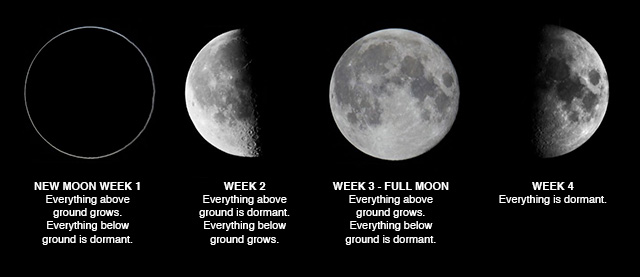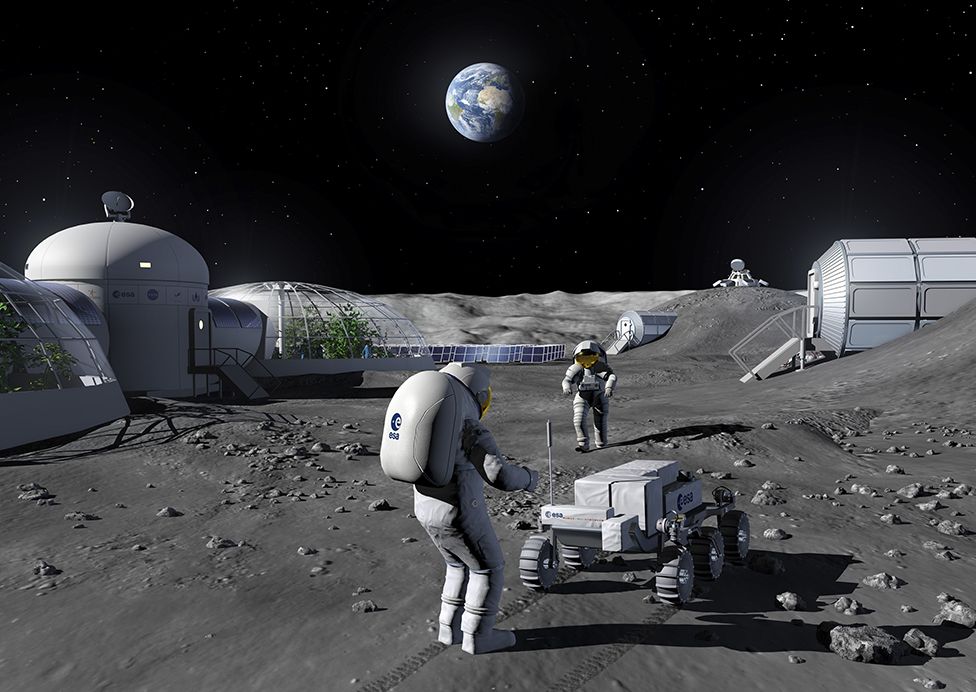MOON:EARTH'S CLOSEST FRIEND
HEY EVERYONE!!
I'm welcoming you all after a very long time
A friend is a very important part of everyone's life...right?
So today let's talk about our planet's friend.
Let's explore and see that whether our planet's choice is good or not?😂
As we all know the moon is Earth's only satellite. Since prehistoric times, it is the brightest object in the sky after the Sun. Poets and composers were invoking the moon's romantic charms and its darker side, and writers of fiction were conducting their readers on speculative lunar journeys long before Apollo astronauts.
Here, the word darker side reminds me of a movie or cartoon scene where a wolf changes into a monster by looking at the moon.😂😂
The moon is a spherical rocky body, probably with a small metallic core, revolving around the Earth in a slightly eccentric orbit at a mean distance of about 384,000 km
Now some of you might don't know about the eccentric orbit, so let me tell you,
Eccentric Orbit is a measure of how much an elliptical orbit is squashed or deviate from a circle.
Let's talk about some properties of the moon:
- Average distance from Earth: 238,855 miles (384,400 km)
- The Closest approach to Earth: 225,700 miles (363,300 km)
- The Farthest distance from Earth: 252,000 miles (405,500 km)
- Orbit circumference: 1,499,618.58 miles (2,413,402 km)
- Mean orbit velocity: 2,287 mph (3,680.5 km/h)
The Moon’s mean density is 3.34 grams per cubic cm, close to that of Earth’s mantle. Because of the Moon’s small size and mass, its surface gravity is only about one-sixth of the planet’s; it retains so little atmosphere that the molecules of any gases present on the surface move without collision. In the absence of an atmospheric shield to protect the surface from bombardment, countless bodies ranging in size from asteroids to tiny particles have struck and cratered the Moon.
Have you ever heard about the word barycentre?
Let me tell you about this, we have studied from our childhood that the moon is orbiting the Earth right? It's true, of course, but it is more accurate to say that the two bodies orbit about a common center of mass called barycentre. This point lies inside earth about 4,700 km(2,900 miles) from its center. Also, more accurately, it is the barycentre, rather than the center of Earth that follows an elliptical path around the Sun.
The orbital geometry of the Moon, Earth, and the Sun gives rise to the Moon's phases and to the phenomena of lunar and solar eclipses.
I know you all must be familiar with the highlighted words.
Still here's a quick and short summary of the phases of the moon.
The Moon displays four main phases: new, first quarter, full, and last quarter. The new moon 🌚occurs when the Moon is between Earth and the Sun, and thus the side of the Moon that is in shadow faces Earth. The full moon occurs when the Moon is on the opposite side of Earth from the Sun, and thus the side of the Moon that is illuminated faces Earth. The first and last quarter🌙, in which half the Moon appears illuminated, occurs when the Moon is at a right angle concerning the Sun when viewed from Earth.
Remember one thing:🌑
Earth, as seen from the Moon, shows the same phases in the opposite order. For example, Earth is full when the Moon is new.
Okay, lemme now take you to the history of this planet:
The Moon was first visited by the Soviet spacecraft Luna 2 in 1959. It is the only extraterrestrial body to have been visited by humans. The first landing was on July 20, 1969 (do you remember where you were😂?)the last was in December 1972. The Moon is also the only body from which samples have been returned to Earth. In the summer of 1994, the Moon was very extensively mapped by the little spacecraft Clementine and again in 1999 by Lunar Prospector.
About 4.5 billion years ago, a Mars-sized object crashed into early Earth. The debris from this impact likely formed the Moon.
Spacecraft from the Soviet Union's Luna program were the first to accomplish several goals: following three unnamed, failed missions in 1958, the first human-made object to escape Earth's gravity and pass near the Moon was Luna 1; the first human-made object to impact the lunar surface was Luna 2, and the first photographs of the normally occluded far side of the Moon were made by Luna 3, all in 1959. The first spacecraft to perform a successful lunar soft landing was Luna 9 and the first uncrewed vehicle to orbit the Moon was Luna 10, both in 1966.
Okay, this much information is enough for you all I guess, and for me too because history is so boring.😅😅
NOW TIME FOR SOME INTERESTING FACTS ABOUT THE MOON:
🌝The moon has no atmosphere
This means that the Moon is unprotected from cosmic rays, meteorites, and solar winds, and has huge temperature variations.
🌝The moon always shows the same face to the Earth
From earth, we always see the same face of the moon. It is due to the reason that the Moon is in synchronous rotation with Earth.
🌝Only 12 people have ever walked on the Moon
There are only 12 people in the history of mankind who have walked on the moon. It started with Neil Armstrong in 1969 as part of the Apollo 11 mission and ended with Gene Cernan in 1972 on the Apollo 17 mission.
🌝The moon has its own quakes, called moonquakes
Just like the earth, the moon has its own quakes. These are caused by the gravitational pull of the Earth.
🌝Apart from footprints, there are some other human belongings too on the Moon.
Since the first people landed on the Moon in 1969, its surface has been home to more than just dust. Earth artifacts left on the Moon by astronauts include two golf balls, an obscene Andy Warhol doodle, and a message from Queen Elizabeth II. Eugene Cernan, Apollo 17 commander and one of the last people to walk on the Moon, traced his daughter's initials into the soil when he visited in 1972. This one seems interesting, right?
SO HERE IT ENDS!!
I HOPE YOU LIKE THIS SHORT JOURNEY TO THE MOON!
DO LET ME KNOW YOUR VIEWS IN THE COMMENT SECTION!
THANK YOU!



It's so amazing ♥
ReplyDeleteDoing great🔥🔥
ReplyDeleteSuch an amazing blog🔥
ReplyDelete👏👏👍
ReplyDeleteVery informative ❤️
ReplyDeleteWow ❤️
ReplyDeleteImpressive..❤️
ReplyDeleteIt's really helpful..keep making such blogs it helps me a lott for exams
Excellent job🔥🔥🔥
ReplyDelete